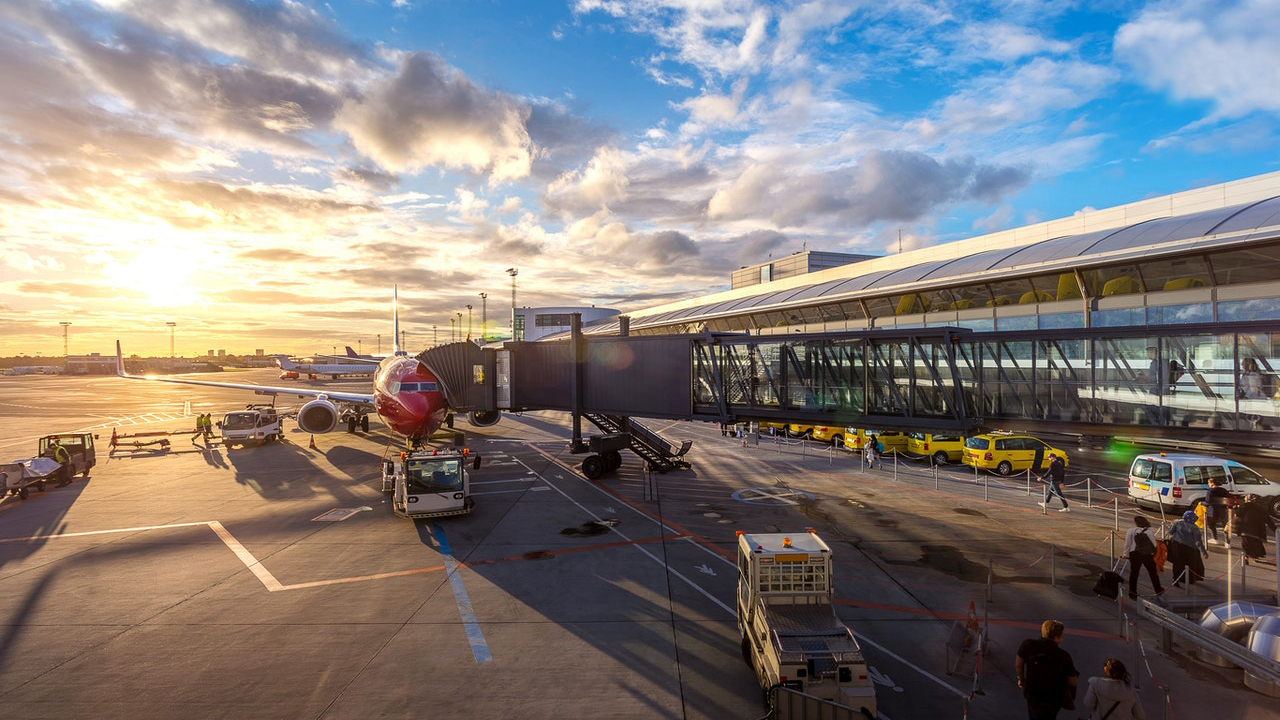The Right Parameters
How LimeFlight Defied the Odds and Made RouteOptimization a Reality

At the end of 2020, we presented our RouteOptimization Module concept to our customers. Surprisingly, despite the enormous cost-saving potential by informing airlines of the most efficient locations to uplift their catering, the idea was met with doubt, to the point of saying "it's not possible".
The complexity of the aviation industry entirely justified the hesitation, after all, no two airports, catering operations, regional arrangements or flight destinations are the same. With such a broad list of variables impacting the optimal uplift location, we could see the enormity of the task that lay before us.
Inspired by Howard Hughes, who once said, "do the impossible because almost everyone has told me my ideas are merely fantasies," we accepted the challenge. However, first, we had to know our enemy and set out to investigate the obstacles that make calculating ideal uplift locations so difficult.
We found that no two places are the same. Instead, each airport has its own set of circumstances that set it apart. Some differences are regional, such as public health regulations determining how long food can remain on an aircraft for the next flight. Others are airport-specific, such as catering facilities, the length of time uplifts require, or hours of operation.
Furthermore, no two airlines are identical. Many differences occur when comparing airlines and their operations. For example, goals are influenced by various factors, such as shareholders, commitment to customers, and local regulations in their home base. Consequently, what one airline considers optimal may differ compared to another.
Our solution was to address these obstacles directly, creating numerous parameters so that the algorithm could perform the calculations with all the variables required to make a reliable uplift suggestion for the individual airline.
An example of a parameter is "Airport settings", which are airport and region-specific. Here, Catering Managers can set the minimum and maximum ground time for the uplift and consider the availability of caterers. Airlines are entirely free to decide how to set these values. In our experience, this is often determined by taking into account the agreements with the uplift providers and the airlines and regional rules and guidelines. In addition, caterer availability and hours of operation are set within the airport settings.
Another example of a parameter is "Uplifting Scenarios". Here, airlines can specify which goal the route optimization should achieve. For example, many airlines want to reduce the number of uplifts to save on hefty uplifting fees. Here, catering managers can set the module to encourage the system to double, triple, or quadruple cater flights when possible, if airport variables allow.
The result is that the algorithm takes numerous factors into account. For example, let's say an airline has always performed an uplift in Atlanta on a route that starts in Miami and then continues to Chicago. However, once RouteOptimization is used, the airline enters their specific information into the parameters. The algorithm then considers these, such as the availability of catering facilities in Atlanta, ground time, available galley space, and whether an uplift is possible in Miami. After considering these and other criteria, the algorithm suggests Miami is the optimal location because the flight can be operated with double catering, saving the airline the cost of an uplift in Atlanta.
The combination of various parameters, including Airport Settings and Uplift Scenarios, helps the RouteOptimization algorithm calculate the optimal uplift location, proving that LimeFlight can make the impossible possible. Using structure, critical thinking, and ingenuity, RouteOptimization optimizes uplifts for airlines, saving them unnecessary costs in the process.




